Crossdresser vs. Transgender: What’s the Difference and Why Does It Matter?
Are you curious about crossdressing but not sure where it fits with identity or orientation? Well, I’ve been down that road, too. It can be overwhelming, but once you dig into it, it’s honestly more freeing and creative than most people realize.
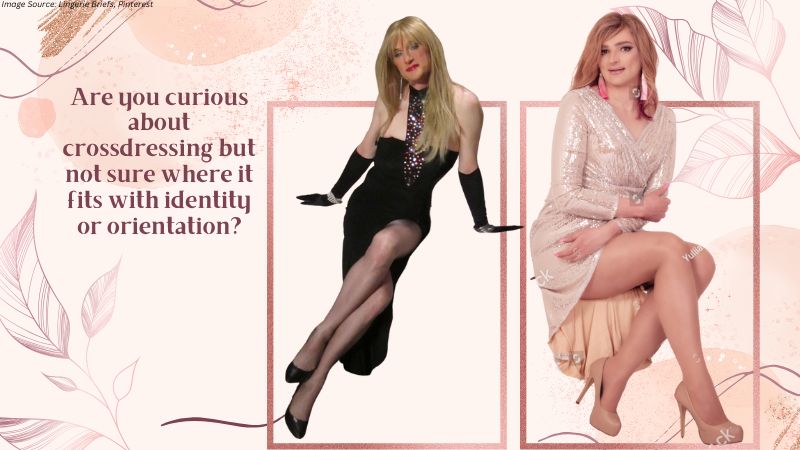
Crossdresser is a broader term where an individual who wears clothing usually assigned to another gender. It’s usually done for personal and sexual expression. Being transgender has more implications that transcend clothing. It’s a way to be truly comfy with one’s body.
I won’t lie: Crossdresser vs. transgender can be confusing, especially for those looking from the outside. Want to learn more? Keep reading to explore the motivations, unique styles, and personal joys that make crossdressing such a diverse experience.
What is Crossdressing
Before diving real deep into the crossdresser vs. transgender exchange, let me first define crossdressing.
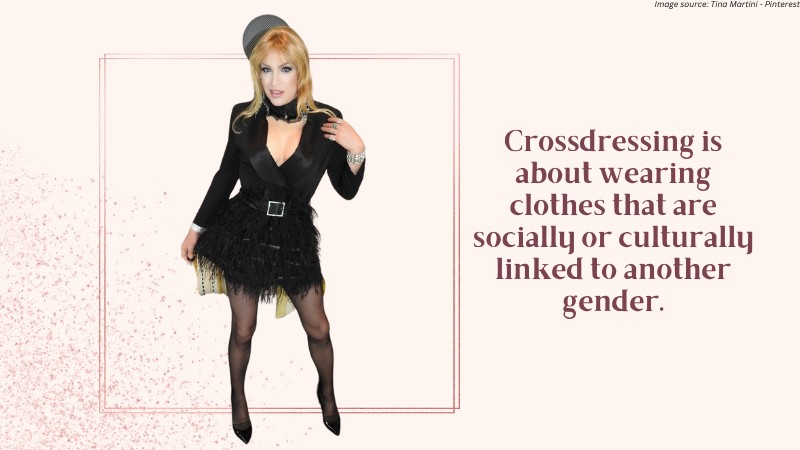
Crossdressing is about wearing clothes that are socially or culturally linked to another gender. It’s not as much about “being” a different gender. It’s more about exploring and expanding how an individual looks or wants to feel — in the temporary sense of the word.
Crossdressing gives people a chance to express parts of themselves that are not, say, readily accepted.
Not an Identity
For most people, crossdressing is more of a choice in how they present themselves. It’s not an immediate expression of their core identity.
While some crossdressers experiment with their appearance to feel more in touch with themselves, they’re often fully comfy with their gender. Crossdressers, in general, aren’t looking to change it.
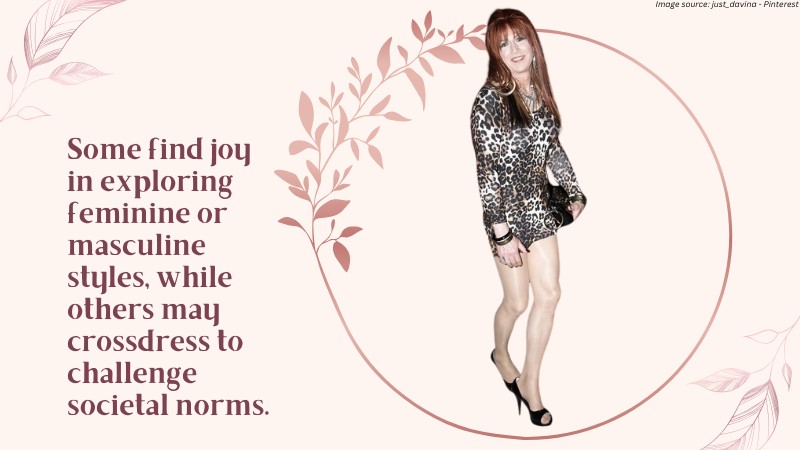
Varied Motivation
For others, crossdressing is all about self-expression. It can even be a form of relaxation. Some crossdress to question society’s old-fashioned “rules.”
Temporary Presentation
Most crossdressers don’t aim to present as the opposite gender full-time.
They usually have specific settings or moments when they feel it’s the right time to crossdress. The most common is when crossdressers use their skills for performances, like in drag culture.
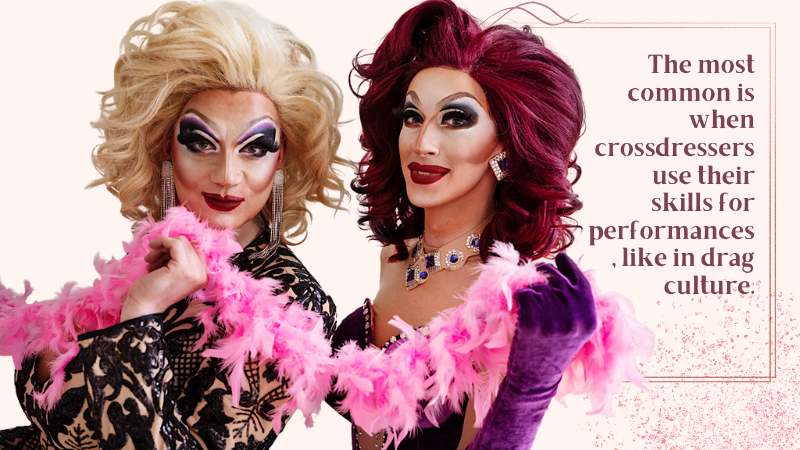
Sexuality and Crossdressing
Crossdressers have all sorts of orientations. Not all crossdressers are homosexuals. They can be gay, bi, or everything in between. And yes, that includes the heteros!
Crossdressing doesn’t dictate what (or who) you’re into!
What Does It Mean to Be Transgender
Many confuse crossdressers and transgenders as being the same. But they aren’t.
Core Gender Identity
When we talk about being transgender, it’s really about what someone feels within themselves. It’s permanent. AKA, their core sense of gender.
Trans individuals don’t “choose” to be another gender. Instead, their gender identity is part of who they are. It’s as real and natural to them as breathing.
Lived Experience
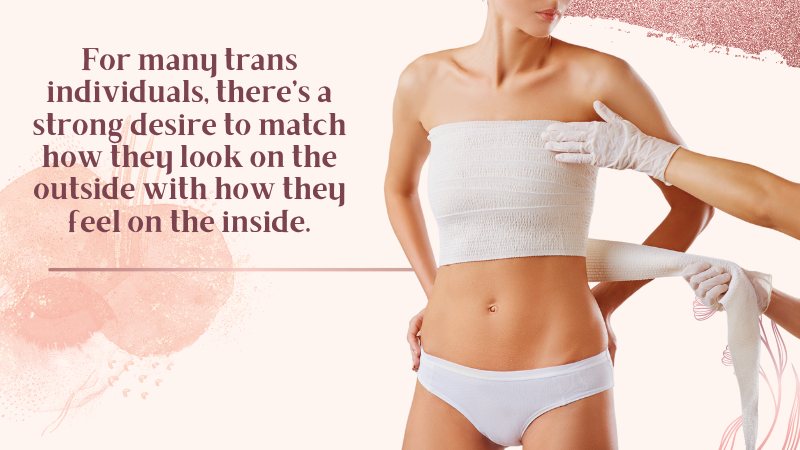
For many trans individuals, there’s a strong desire to match how they look on the outside with how they feel on the inside.
But this can mean different things for different people. Some folks find comfort in throwing in new styles to adjust their wardrobe. Some use names or pronouns that fit. Others shift their social roles.
Others go further, choosing hormone treatments or even surgery.
Long-Term Identity
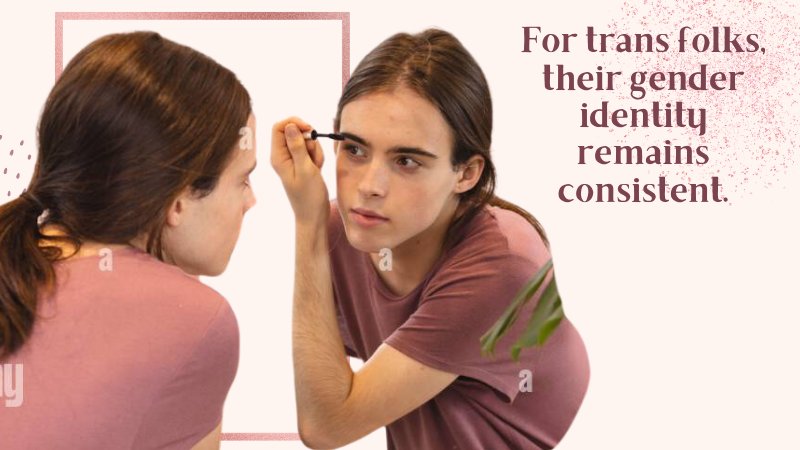
Being transgender isn’t something that changes from day to day. It’s also not something that just depends on the setting. For trans folks, their gender identity remains consistent.
It’s who they are, not just something they “try on.”
Misunderstandings and Stereotypes
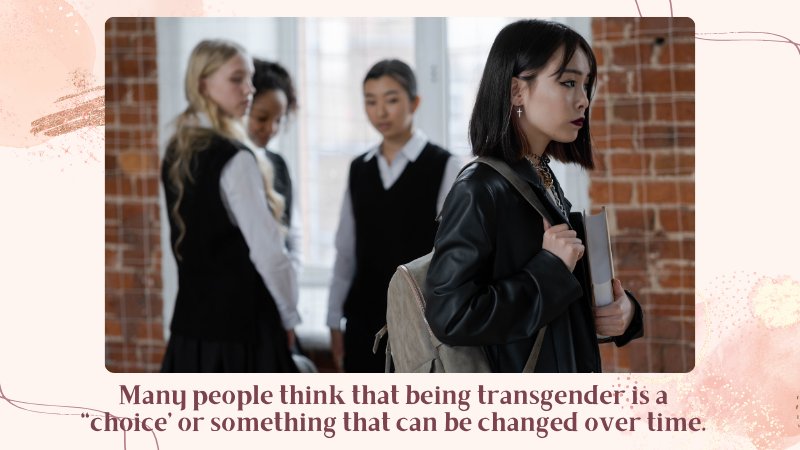
Sadly, trans people face a lot of misconceptions.
Many people think that being transgender is a “choice” or something that can be changed over time. But that’s just not true. Gender identity is a fundamental part of trans folks. It’s not something they can pick or change easily.
Crossdresser vs. Transgender – Key Differences
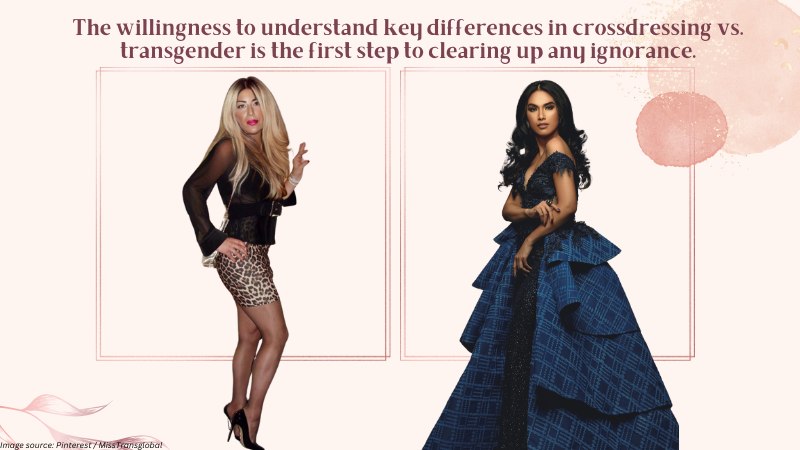
The willingness to understand key differences in crossdresser vs. transgender is the first step to clearing up any ignorance. It’s not unusual for people to mix these terms up, and I get why: both involve presenting in a gender expression that might not match someone’s birth sex.
But the reasons behind each are actually quite distinct.
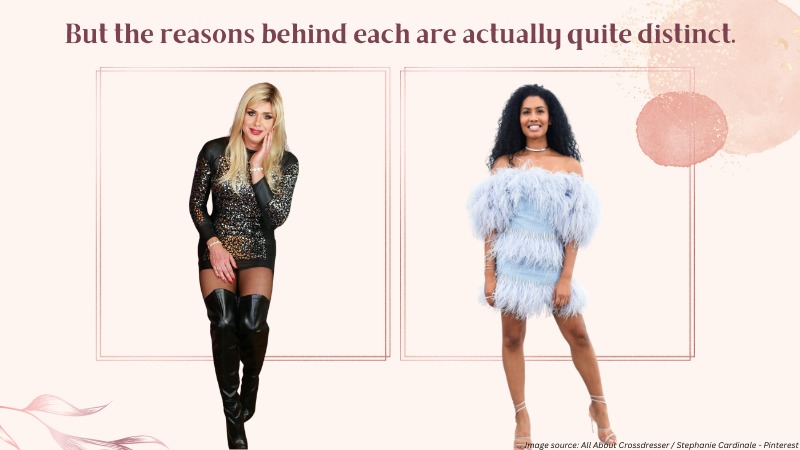
Identity vs. Expression
At the heart of it, crossdressing is about expression, while being transgender is about identity.
Crossdressing is often more about an occasional or chosen presentation. It’s not necessarily about feeling like they are another gender— it’s about exploring how they want to present themselves.
For trans folks, their gender identity doesn’t align with the sex they were assigned at birth.
Choice and Duration
One of the biggest differences is the element of choice and how long it lasts.
For crossdressers, it’s generally a choice they make — when, where, and how often they crossdress. They’re in control of when they want to step into this different presentation.
For trans people, however, living as their true gender isn’t something they can switch off. Their gender identity is with them constantly, and it’s not something they can “take a break” from.
Purpose and Motivation
Some people crossdress because it helps them feel more comfy or in tune with themselves. Others do it as a way to express parts of their “hidden” personality that they might not show in other areas of life. For some, it can even be a sexual thing or simply something they enjoy.
Being transgender, though, is about living authentically. It’s trying to bring their outer life in sync with their inner identity.
Dr. Z PhD
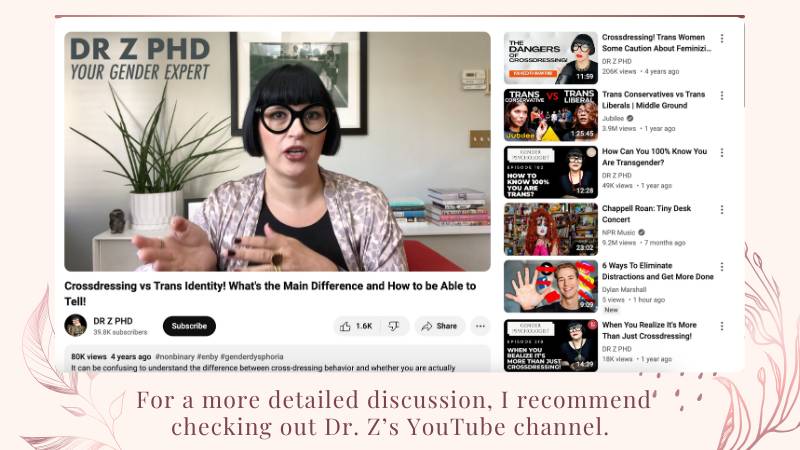
For a more detailed discussion, I recommend checking out Dr. Z’s YouTube channel.
One of her most helpful videos on crossdressing vs. transgender is her video titled: Crossdressing vs Trans Identity! What’s the Main Difference and How to Be Able to Tell!
Dr. Z is a clinical psychologist who specializes in transgender issues. She’s a trusted source in the community with almost 40,000 subscribers on her YT channel.
Crossdressing
Dr. Z shared that crossdressing encompasses a broader territory. In general, crossdressing allows individuals to “private and safe exploration” of their self. Crossdressing isn’t always tied to one’s gender or other identifiers.
She also said that;
- Generally, someone who wears the opposite gender’s “usual” clothing for self-expression.
- Generally done to express one’s self better. It’s to be more comfy in their body. It’s to be more in touch with themselves. Or it can simply be because it makes them feel wonderful.
- Some crossdressers believe clothing isn’t gender-specific to begin with. So they don’t have any problem using another gender’s clothing.
- Others do it to arouse themselves or express themselves sexually. Their end goal is sexual or to achieve orgasm. Take note, however, that this is not true for EVERY crossdresser.
Some confuse crossdressing with being transgender. Why? It’s because some individuals use crossdressing to experiment or are gender-curious.
Later, these experimenters may find that they want to transition. So, many assume that every crossdresser eventually becomes transgender. This is patently false.
Because of this confusion, some crossdressers prefer terms like;
- “Dressing in feminine”
- “Dressing in masculine”
- “Dressing in nonbinary clothing”
As per her experience, those who crossdress for the sake of crossdressing don’t have any uncertainty with their biological sex or assigned gender. In contrast, they are comfortable with their gender and how the public sees them.
Trans Identity
Dr. Z clarified that while NOT ALL crossdressers do not have incongruency with their biological sex, ALL trans people DO HAVE incongruency or discomfort with their biological sex.
The confusion comes in when a transgender (who, at that stage, does not yet distinctly know or feel the need to transition) crossdress to feel “closer” to their better-matched identity.
Some individuals who do this, especially in the beginning, may feel aroused. This is even more true for those who are in the older age bracket.
Dr. Z explained that this is when the question “Am I comfy with my body?” becomes critical.
The Myth of Arousal
But why do transgender feel sexual pleasure if they’re not simply a crossdresser? Dr. Z noted that there are a lot of theories out there.
She believes that when someone hides something they strongly want (in this case, to be another gender), once given the opportunity to explore that want (by crossdressing), that hidden energy intersects with other “energies.” This includes the sexual areas. In turn, manifests physically, such as in the case of orgasms.
The doctor added that she doesn’t know any transgender who crossdress just for “sexual play” or to achieve an end goal. Rather, it’s the beginning of discovery. Sexual arousal is just the “by-product of it.”
Common Misunderstandings and Stereotypes
It’s not new to have misunderstandings and stereotypes in crossdressing vs. transgender. To counter this, it’s best to identify these errors to correct them.
Stereotypes about Crossdressers
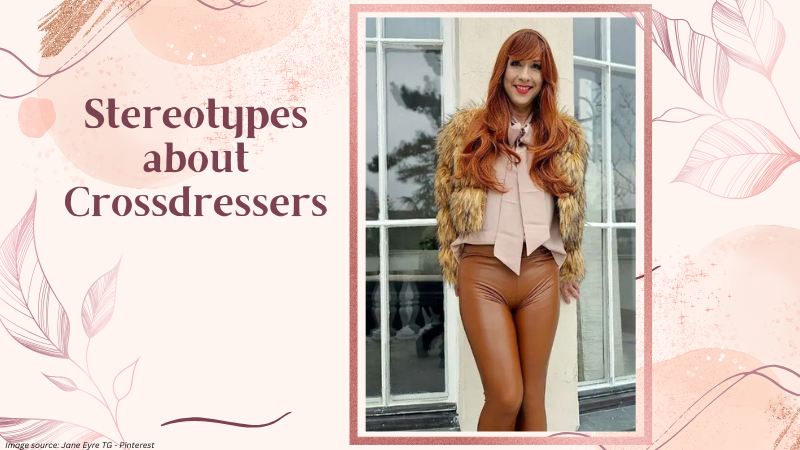
Some of the most common myths:
- “Crossdressers are all gay.” Not true! Crossdressing has no direct connection to sexual orientation. They do it for reasons that have nothing to do with who they’re attracted to, too.
- “Crossdressers want to be women (or men).” Just because someone crossdresses doesn’t mean they want to transition. Many crossdressers feel completely comfortable with their birth gender.
- “Crossdressing is always sexual.” Crossdressing can have sexual elements for some, but not all! Most do it for self-expression, a way to feel comfy, or simply as a preference.
Stereotypes about Transgender People
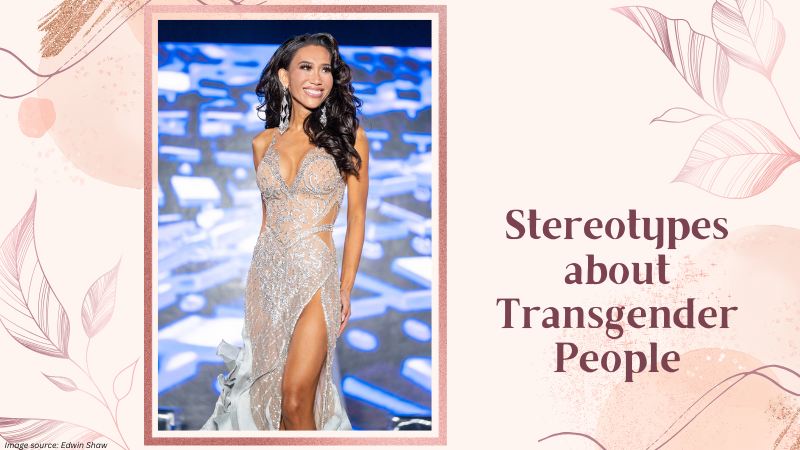
Trans folks also face their fair share of myths. Some are:
- “Being transgender is a choice.” This suggests that transgender people “choose” to experience gender dysphoria. In reality, being trans is about orienting one’s true identity, not about making a choice.
- “It’s just a phase.” Many trans folks have known their identity for years, sometimes from a young age. For them, it’s a fundamental part of who they are—not a passing trend or “the new cool thing.”
- “Trans people are just extreme crossdressers.” In reality, being trans is about identity. Trans folks live their true gender in every part of their lives — not just in how they dress.
Impact of Misunderstandings
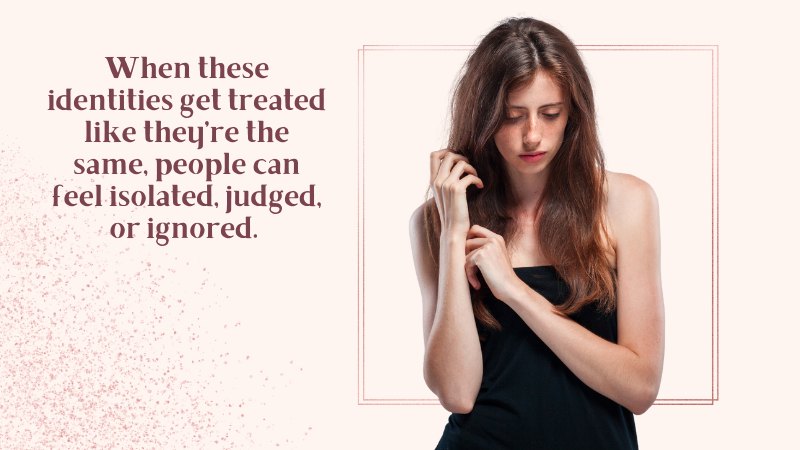
Misunderstandings around crossdressing and being transgender do real harm. When these identities get treated like they’re the same, people can feel isolated, judged, or ignored.
Crossdressers might feel pressure to explain that they don’t want to transition. Meanwhile, trans folks may feel their identity is dismissed as a “dress-up game.” This can make people feel like they don’t belong, even within the LGBTQ+ community.
It’s one thing to have misunderstandings outside the LGBTQ+ community. But even within it, some people struggle to see distinctions in crossdressing vs. transgender.
Building Bridges within the LGBTQ+ Community
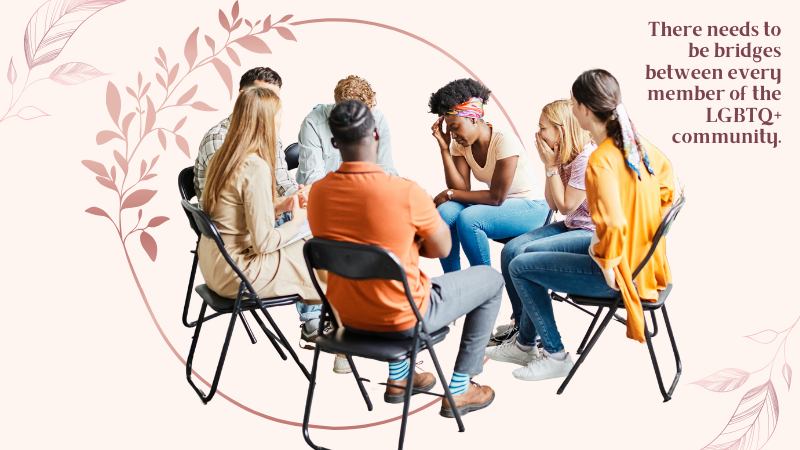
There need to be bridges between every member of the LGBTQ+ community. This starts with open conversations.
Some trans folks worry that crossdressers misrepresent them. Some crossdressers feel prejudiced for expressing themselves without wanting to transition.
Listening, asking questions, and dropping assumptions go a long way.
Challenging Stereotypes and Myths
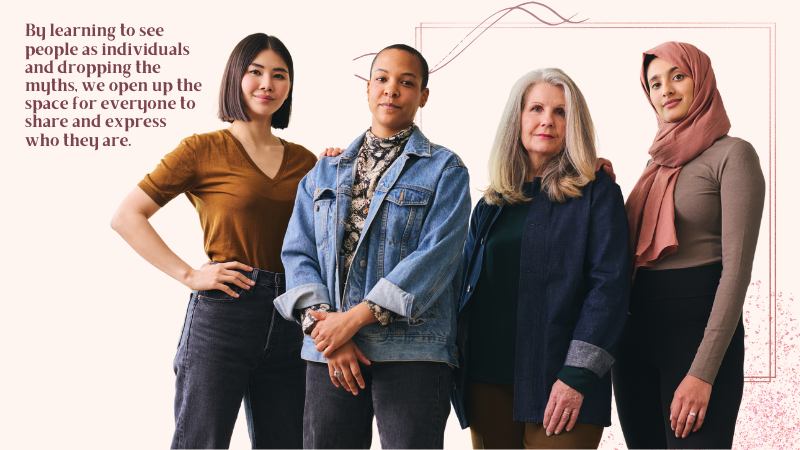
A lot of people assume crossdressers and transgender individuals fit into neat little boxes. But real life is more complicated than that!
By learning to see people as individuals and dropping the myths, we open up the space for everyone to share and express who they are.
Embracing the Spectrum of Gender
The gender spectrum is just that — a spectrum. It’s not about fitting into “male” or “female” boxes.
It’s not even about following one path or the other. Crossdressing, transgender identity, nonbinary expression — all of these are valid ways to experience and express gender.
Conclusion
There are many differences between crossdressers and transgender people. Knowing these is crucial to creating a supportive and inclusive world.
Crossdressing is often about self-expression or feeling more comfy in one’s skin. Being transgender, meanwhile, involves a deep desire to live as one’s true gender.
Everyone deserves the space to explore and express their identity. Welcoming gender diversity leads to a world where everyone can be authentically themselves. That benefits us all!
- What is a Crossdresser? Understanding the Behavior, Its Origins, and Social Context
- Why Do Some Straight Men Enjoy Crossdressing?
- 7 Best Mtf Trans and Crossdresser Podcasts in 2024
- Journey With Roanyer : Your Beginner Crossdressing Store
- The Intersection of Cosplaying and Crossdressing
- 8 Types Of Submissive Sissy Crossdressers: A Complete Overview
Established in 2009, We are a recognized manufacturer and seller of professional crossdressing products.
It is our aim to become not just the most creative manufacturer but also a very considerate seller, as we provide the best quality products for crossdressers all around the world.

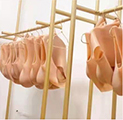




















 Breast Forms
Breast Forms  Body Suit
Body Suit  Realistic Mask
Realistic Mask  Femini Girdle
Femini Girdle Hip & Butt Enhancement (8)
Hip & Butt Enhancement (8) Penis Prosthesis
Penis Prosthesis Fake Muscle
Fake Muscle Bikini
Bikini  Wig
Wig  Corsets
Corsets Course
Course service@roanyer.com
service@roanyer.com +8618652200711
+8618652200711 Facebook
Facebook YouTube
YouTube Twitter
Twitter Instagram
Instagram




